What to See, Experience, and Explore at Miami Art Week 2025
We checked in with our former podcast guests who will be inching through Miami traffic, unveiling new works, signing books and revealing new projects this year.
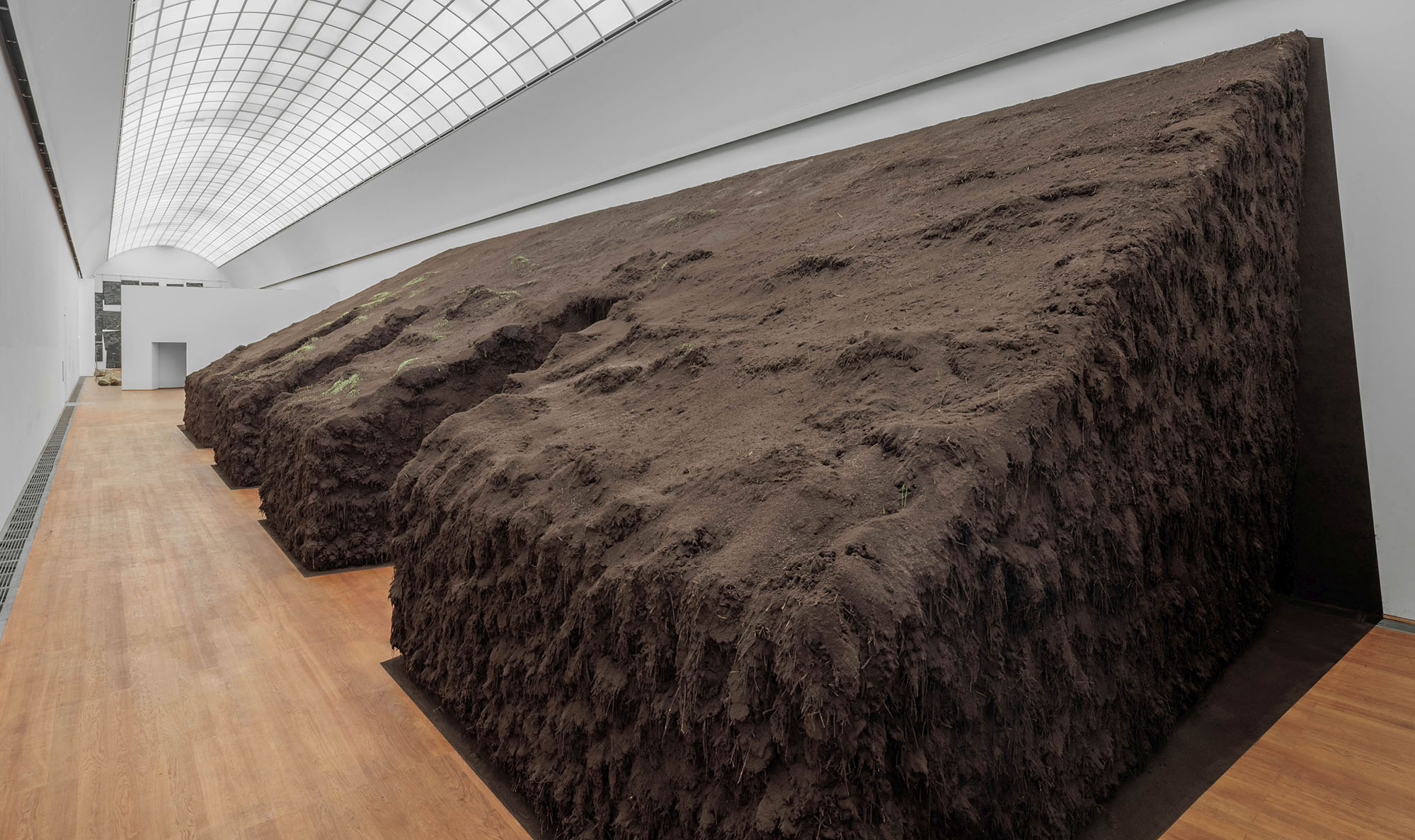
Welcome to The Curator, a newsletter companion to The Grand Tourist with Dan Rubinstein podcast. Sign up to get added to the list. Have news to share? Reach us at hello@thegrandtourist.net.
Berlin, “Delcy Morelos: Madre” (Until Jan. 25)
Since 2012, Colombian artist Delcy Morelos has been known for her mammoth earthworks made out of fertile, fragrant soil. These earthen sculptures, placed indoors, are embedded with grass, clove, and cinnamon and often have narrow corridors just wide enough to walk into. Born in Colombia in 1967, the artist’s work is inspired by Andean ancestral traditions, in which the earth and body are one. Her first solo exhibition in Germany presents two breathtaking earthworks, one dripping with roots and the other a narrow corridor inspired by a Spanish chapel. smb.museum
Gambier, “Claudia Alarcón & Silät: Everyday Anew” (Until Dec. 14)
The unassuming yica stitch has incredible importance for the indigenous Wichí people in Argentina and Bolivia. It’s been passed down by generations of Wichí women to weave clothes or crossbody bags to be taken to the market, and now, has been increasingly gaining traction in the art world. At last year’s Venice Biennale, Wichí artist Claudia Alarcón’s patterned weaving held their ground against more established works. This show at Kenyon College’s museum presents weavings made by Alarcón and Silät, a collective of more than 100 Wichí women, in celebration of the generations-long tradition. thegund.org
Gstaad, “Brian Calvin: Loitering” (Until Aug. 30)
Born in California’s Central Valley in 1969 and living in Southern California, Calvin’s aesthetic is unmistakably homegrown in the West Coast. His portraits of women share the flatness of Hockney’s California pool paintings, his palette is sun-kissed, and his characters could be ex-Hollywood stars. Yet Calvin, whose work often hints towards inspirations from Picasso to Alex Katz, resists the urge to box him into any one stereotype. With this show, Calvin’s gazing women come to Switzerland. alminerech.com
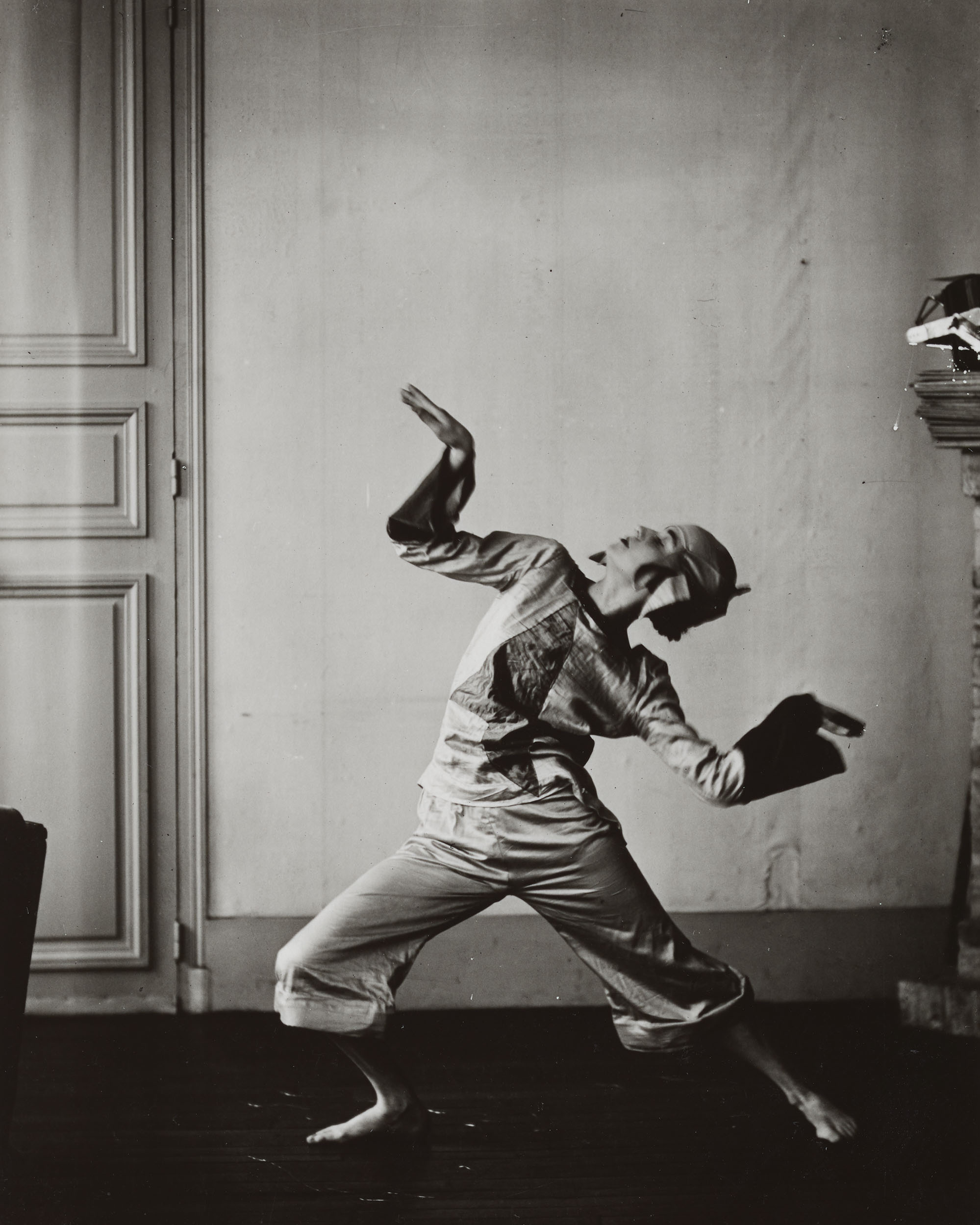
Williamstown, “Berenice Abbott’s Modern Lens” (Until Oct. 5)
A 23, Berenice Abbott shot her first photo for Man Ray, after being hired as his assistant in the early 1920s. A fast learner, she would soon open her independent studio in Paris and by 1929, eight years after arriving in Paris, she was back in New York with the desire to document the city’s transforming streets. This culminated in her most well-known work, the beautifully simple 1939 series Changing New York. This exhibition presents her portrait of an almost unrecognizable New York alongside lesser seen works of the rural American Northeast. clarkart.edu
Leeds, “Fragment and Form: Emii Alrai, Mónica Mays, Dominique White” (Opens July 18)
What can the relationship between material and form tell us about the evolution of sculpture as an art form? While the Ancient Greeks sculpted with marble, in part because of its durability, sculptors in recent years have turned to the less durable but more symbolic use of industrial and found materials. Here, three contemporary artists—Emii Alrai, Mónica Mays and Dominique White—explore this question, from recreating ancient artifacts out of plaster to repurposing material into conceptual sculptures. henry-moore.org
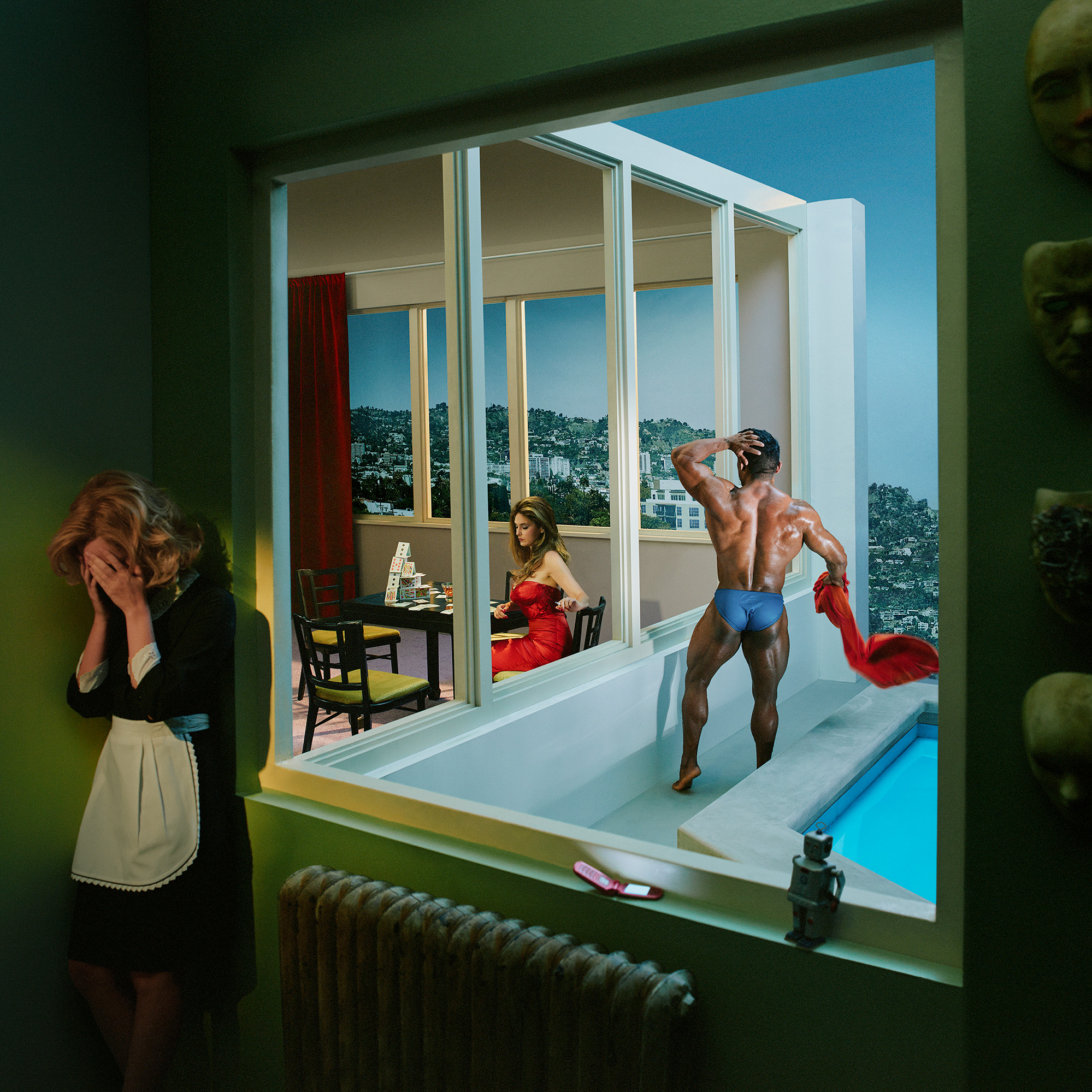
We checked in with our former podcast guests who will be inching through Miami traffic, unveiling new works, signing books and revealing new projects this year.
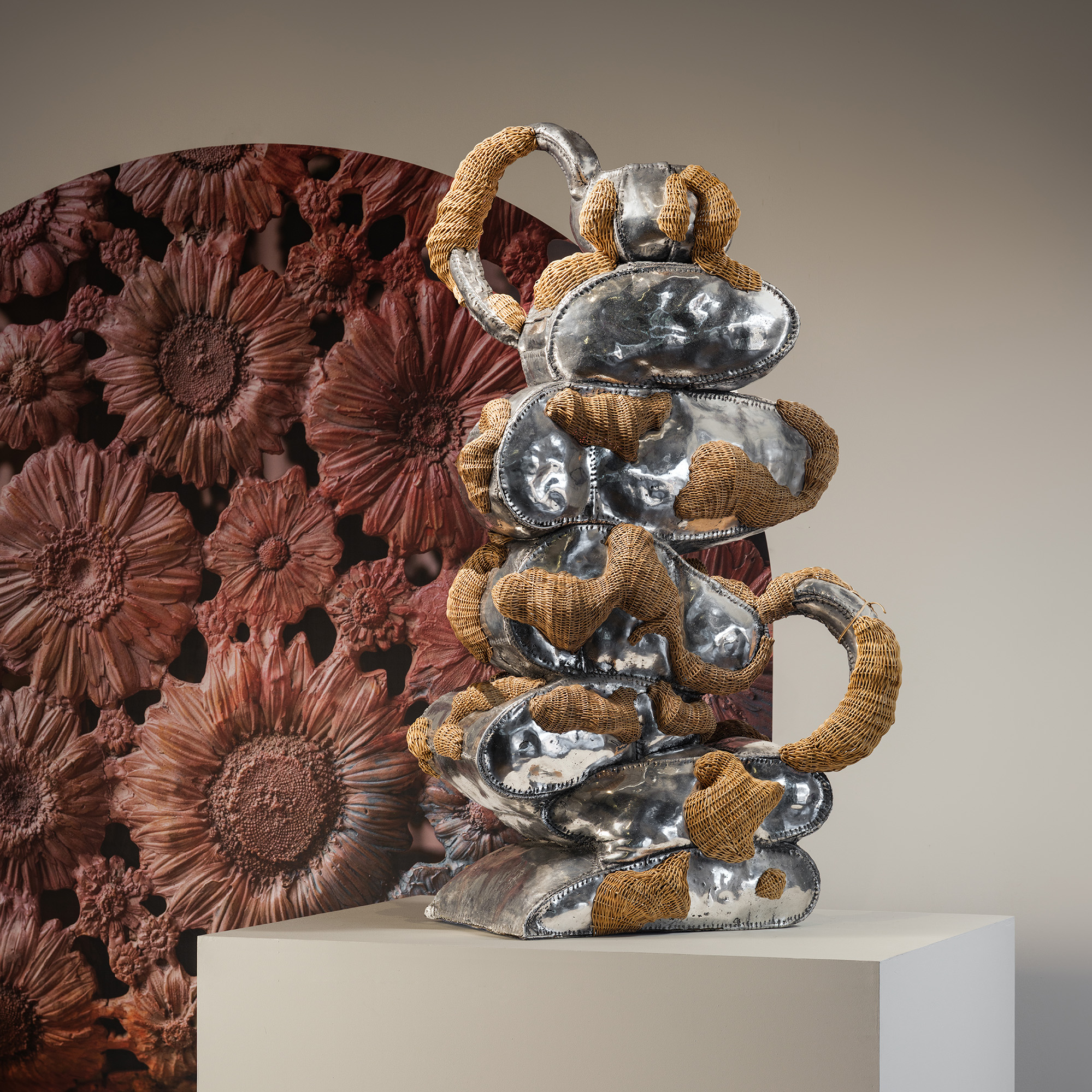
The ecstatic designs of Chris Wolston come to Texas, Juergen Teller's most honest show yet opens in Athens, a forgotten Cuban Modernist is revived in New York, and more.
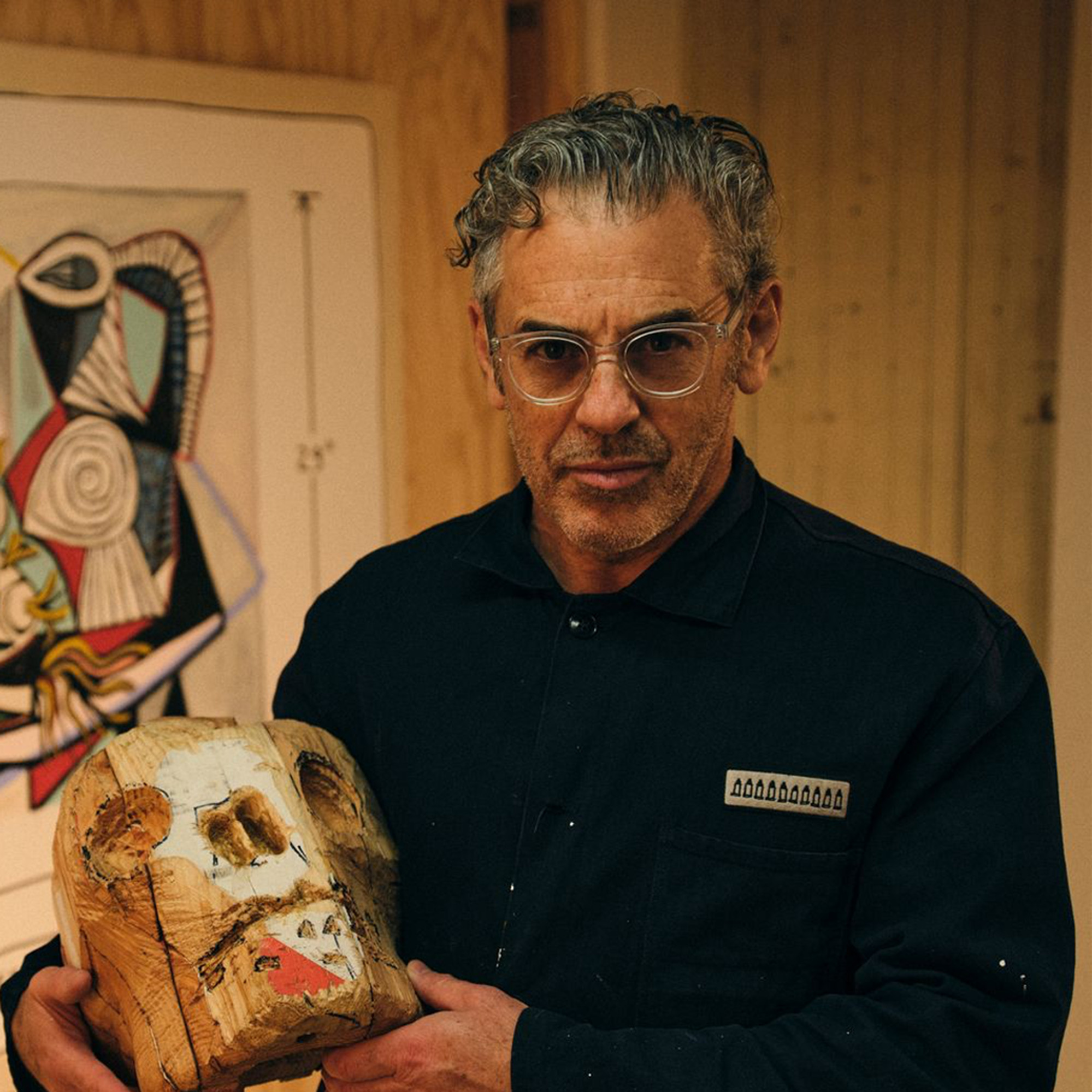
Tom Sachs explores various creative disciplines, from sculpture and filmmaking to design and painting. On this season finale, Dan speaks with Tom about his accidental journey to fine art, how an installation in a Barneys window kickstarted his career, and more.